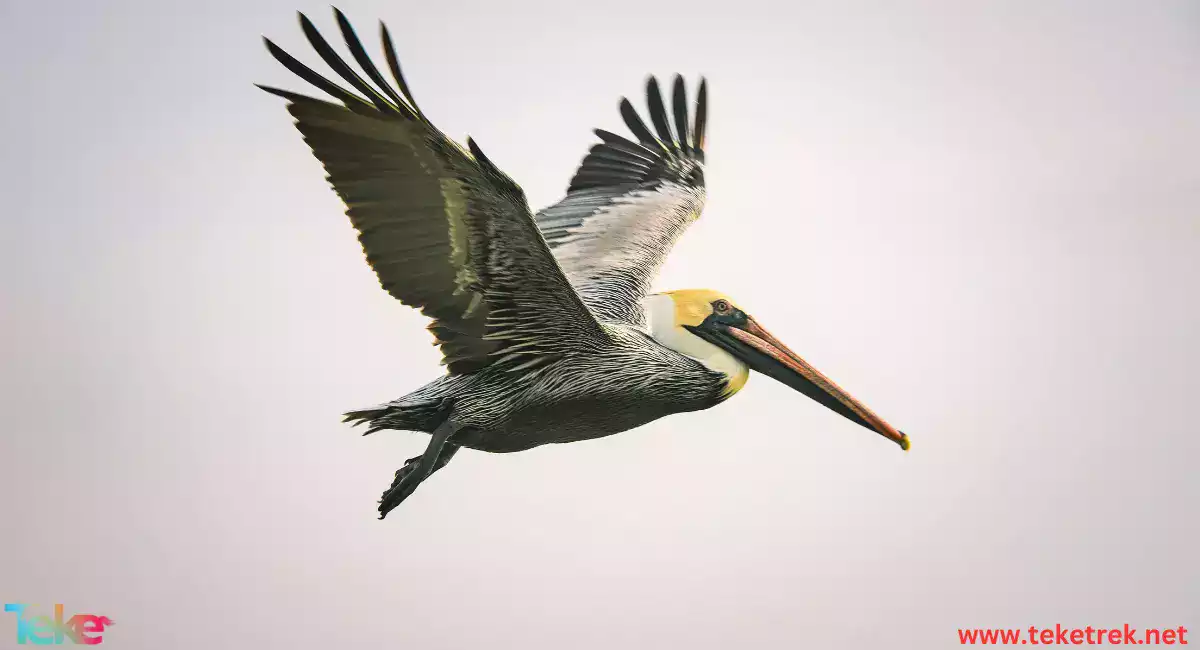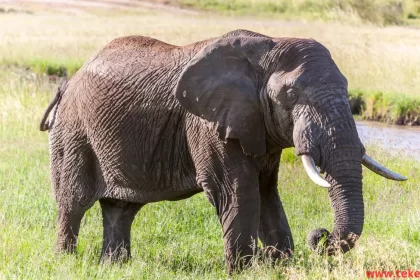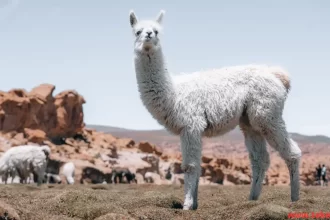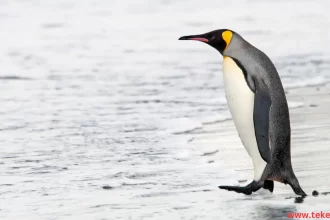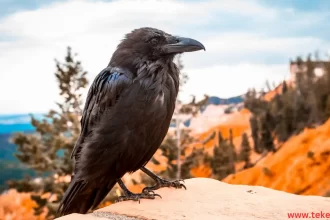There are many of birds species that migrate in winter, forming an amazing natural phenomenon that attracts the attention of scientists and nature lovers alike, due to their unique ability to move under changing climatic and environmental conditions, in order to search for warmth and food in suitable environments.
There are many types of migratory birds in the winter, which number in the millions, ranging from small birds to large ones, each with its own destination, as we notice a great deal of their migration from the northern regions such as Asia and Europe to the southern regions with a suitable climate and abundant food.
Why do birds migrate during the winter? What are the types of these birds? What are the popular migration routes for winter birds? How do birds adapt to the challenges of winter? What is the relationship between climate and bird migration? We will answer these questions and many others in this article from teketrek, so follow along.
Why do birds migrate in winter?
At the beginning, we must point out that migratory birds are birds that move from one place to another during regular times, especially during the winter, for several reasons that we will mention in the following points:
Searching for food habitats, as some bird species resort to heading towards warm areas where food is available in the winter because as the cold increases, the availability of food becomes scarce as a result of the decrease in insects and plants. For example, we notice this migration from Asia and Europe to Africa.
Searching for suitable places and environments for their breeding, with a suitable climate and sufficient food, in order to ensure the continuation of their breed and protect them from extinction.
Climatic changes play a major role in determining migration paths. Every bird has a specific climate that is suitable for it. Some birds move towards warm areas and others move towards areas with moderate temperatures. For example, water birds migrate towards the southern regions when the rivers and lakes in their original habitat freeze.
The presence of some predatory animals, which prompts them to move to other areas to secure their lives and the lives of their young and protect their nests.
In this context, we must point out the importance of migration in sustaining species by preserving biological diversity, through gene transfer, which enhances genetic diversity and helps species adapt to environmental changes.
Read more: Pet Care in Winter: Tips to Ensure Your Pet’s Health and Comfort During Cold Weather
Types of birds that migrate in winter:
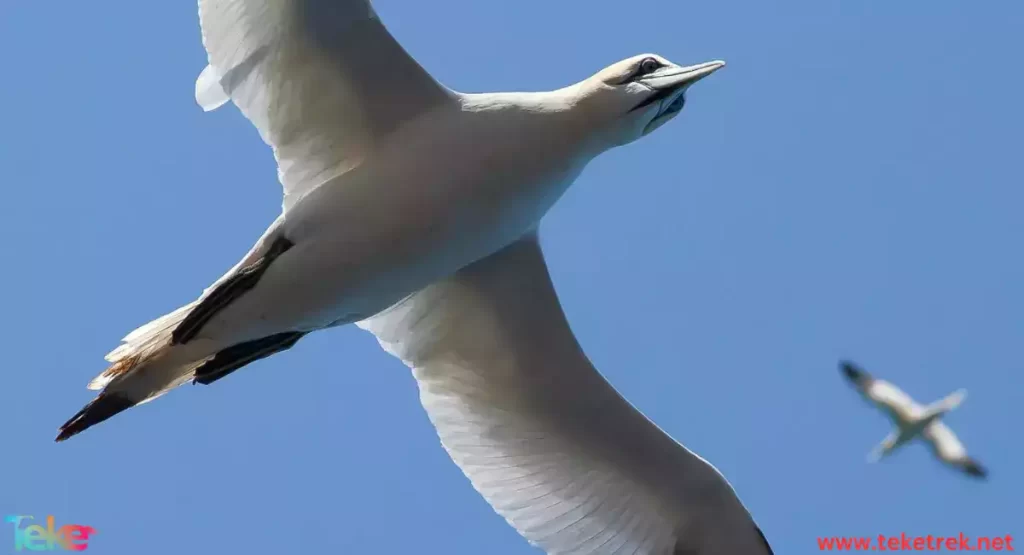
There are many types of migratory birds during the winter, which constitute about 40% of the number of birds in the world, so we will mention to you some types of these birds:
Seabirds:
There are many seabirds migrating across the oceans, most notably the Arctic tern, which is one of the birds with regular and longest migratory journeys around the world. It travels every year from the North Pole to the seas surrounding Antarctica for a distance of up to 35,450 km round trip. It is worth noting that it It flies by gliding through air currents thanks to its light weight and small body, in addition to its short legs and narrow wings. In addition to the Arctic Tern, we also find a bird The black-legged gull that migrates to the North Pole every year.
Birds of prey:
There are many types of birds of prey that travel during the winter, perhaps the most prominent of which is the goshawk, which begins its migration season from August until mid-November. It should be noted that the beginning of its migration season varies according to the length of the journey, but it is one of the best birds that reach its destination in the closest way. possible time, in addition to hawks, which are among the strongest migratory birds that move from their place of residence during the winter when temperatures drop and when their young begin to rely on themselves, and their keen and strong vision is one of the most important things that helps them On its long migratory journey, it travels over thousands of kilometers, but it takes a rest during its migration to regain its energy and continue its journey.
Small birds:
When you look at small migratory birds in the winter, you will see an amazing artistic painting in terms of their agility, ability and coordination, in search of areas rich in food resources, perhaps the most prominent of which is starlings, this gentle bird that has strong wings and migrates in large flocks from cold places in Asia. And Europe to warm places in the Middle East and Africa, in addition to birds, which are distinguished by their great ability to fly and conserve energy by eating a lot of food before migrating so that they can continue their journey.
Big birds:
The crane is one of the most prominent birds that migrate in winter. This bird is distinguished by its large size and white color. It is found in abundance in swamps and wetlands, but it usually travels during the winter to northern and eastern Africa and parts of Iran, in addition to wild ducks, as all Some of them migrate long distances in order to obtain food and get away from the harsh climate.
Read more: Dental and Oral Diseases in Cats
Popular migration routes for winter birds:
At the beginning, we must point out that the Mediterranean region is one of the most prominent obstacles facing migratory birds. Many small birds have sufficient ability to help them continue fluttering over the Mediterranean Sea, while others head towards the narrowest crossing point. Some of them go towards… West via Gibraltar, where the coast of Europe is about 25 km away from Africa, in addition to the Sahara desert region, which is also an obstacle to migratory birds due to lack of food, adverse winds, and many other phenomena that make it difficult for birds to cross. Migrating through it twice a year is amazing.
It should be noted that there is an environmental impact of these paths on wildlife in the areas through which birds pass, as birds play an important role in spreading seeds and pollinating plants, which leads to the preservation of plant diversity, in addition to that they form one of the parts of the food chain by feeding on Rodents and insects, thus controlling their numbers and reducing the use of chemical pesticides.
How do birds adapt to the challenges of winter?
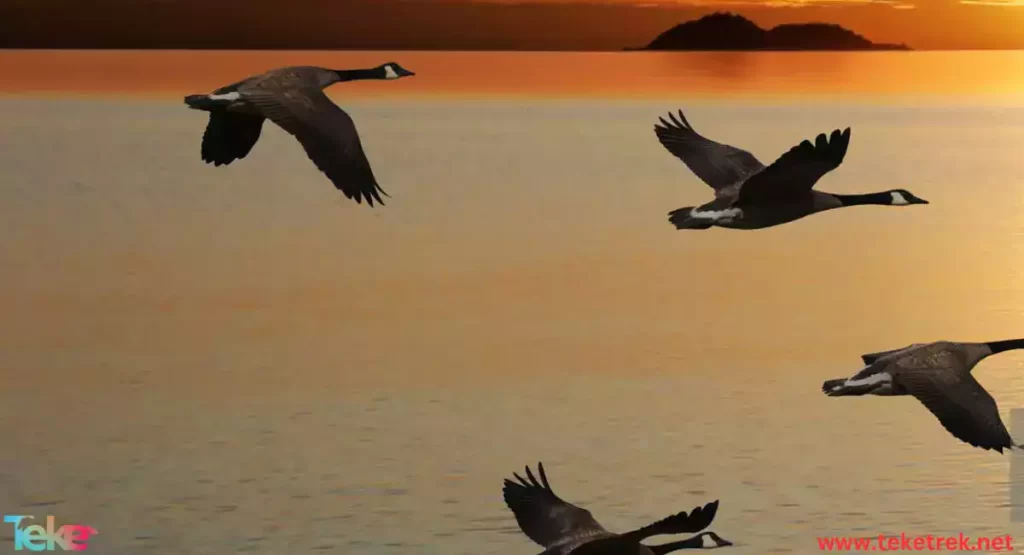
Despite the small size of a large number of these organisms, they have been able to develop many mechanisms to protect themselves from the cold of winter, the most prominent of which we will mention below:
Many bird species convert their bodies into hibernation mode in order to conserve energy.
Forming swarms that will protect themselves.
Storing fat before migrating to give it the energy needed to complete long journeys.
Feathers change. It is worth noting that with the advent of winter, birds grow a new layer of feathers that helps them maintain their body heat.
Having long, pointed wings increases flight speed and reduces air resistance.
The impact of climate change on bird migration:
Climate changes play a major role in influencing bird migration patterns. For example, global warming will affect the migration paths of some birds, as it may lead to changing the route, postponing it, or even canceling it completely. For example, the crane, which usually heads to Portugal and Spain, will be forced to Staying in Germany where starlings are found, however, this may lead to serious consequences because they cannot tolerate low temperatures, meaning they are likely to die.
In addition to what we mentioned, climate changes may affect bird habitats, when changing rainfall patterns and rising temperatures will be accompanied by a change in the availability of food sources and modifications to vegetation cover, which prompts these birds to change their behaviors and shift their ranges.
FAQ:
What birds migrate in winter?
There are many species of birds that migrate in winter, most notably hawks, eagles, and cranes.
Which birds migrate?
They are birds that go from one place to another at regular times and often over long distances.
How do migratory birds know their way?
Migratory birds are able to find their way thanks to the possession of a protein that is sensitive to blue light, which helps them determine their direction when migrating in the dark.
How do birds know the right time to migrate?
Through the change that occurs in the length of the day, because this is accompanied by hormonal changes in the bird’s body.
At the conclusion of our talk about the types of birds that migrate in winter, we find that the process of bird migration is not an easy matter, but rather it is an arduous journey full of risks and challenges, most notably those challenges related to climate change, such as rising temperatures and many others, as we learned about the migration patterns of these species and their paths, in addition to To the mechanism of its adaptation to the winter and the most prominent questions circulating about it.

